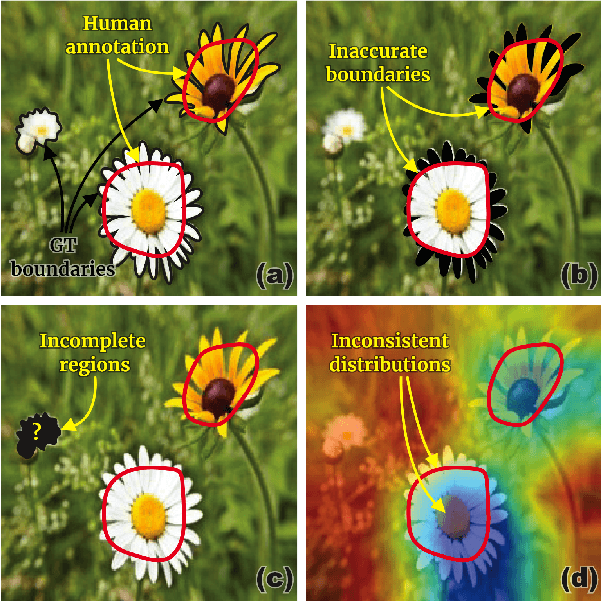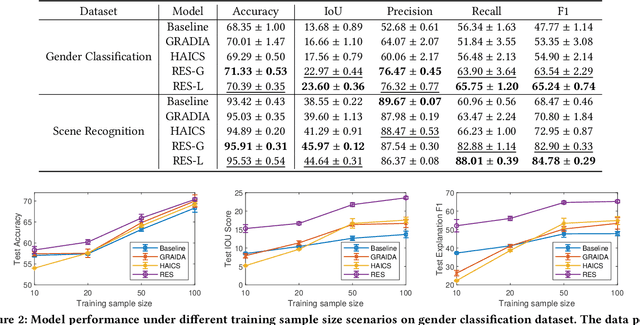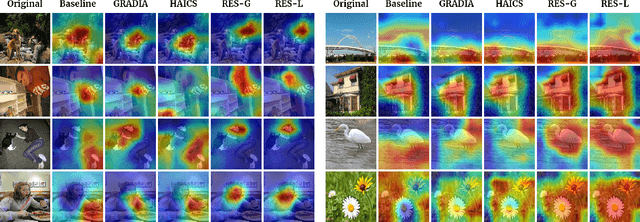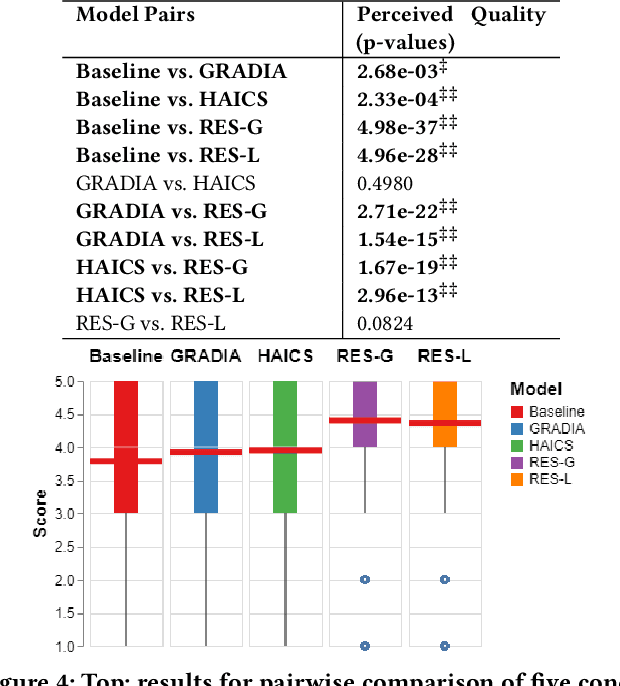RES: A Robust Framework for Guiding Visual Explanation
Paper and Code
Jun 27, 2022



Despite the fast progress of explanation techniques in modern Deep Neural Networks (DNNs) where the main focus is handling "how to generate the explanations", advanced research questions that examine the quality of the explanation itself (e.g., "whether the explanations are accurate") and improve the explanation quality (e.g., "how to adjust the model to generate more accurate explanations when explanations are inaccurate") are still relatively under-explored. To guide the model toward better explanations, techniques in explanation supervision - which add supervision signals on the model explanation - have started to show promising effects on improving both the generalizability as and intrinsic interpretability of Deep Neural Networks. However, the research on supervising explanations, especially in vision-based applications represented through saliency maps, is in its early stage due to several inherent challenges: 1) inaccuracy of the human explanation annotation boundary, 2) incompleteness of the human explanation annotation region, and 3) inconsistency of the data distribution between human annotation and model explanation maps. To address the challenges, we propose a generic RES framework for guiding visual explanation by developing a novel objective that handles inaccurate boundary, incomplete region, and inconsistent distribution of human annotations, with a theoretical justification on model generalizability. Extensive experiments on two real-world image datasets demonstrate the effectiveness of the proposed framework on enhancing both the reasonability of the explanation and the performance of the backbone DNNs model.
 Add to Chrome
Add to Chrome Add to Firefox
Add to Firefox Add to Edge
Add to Edge